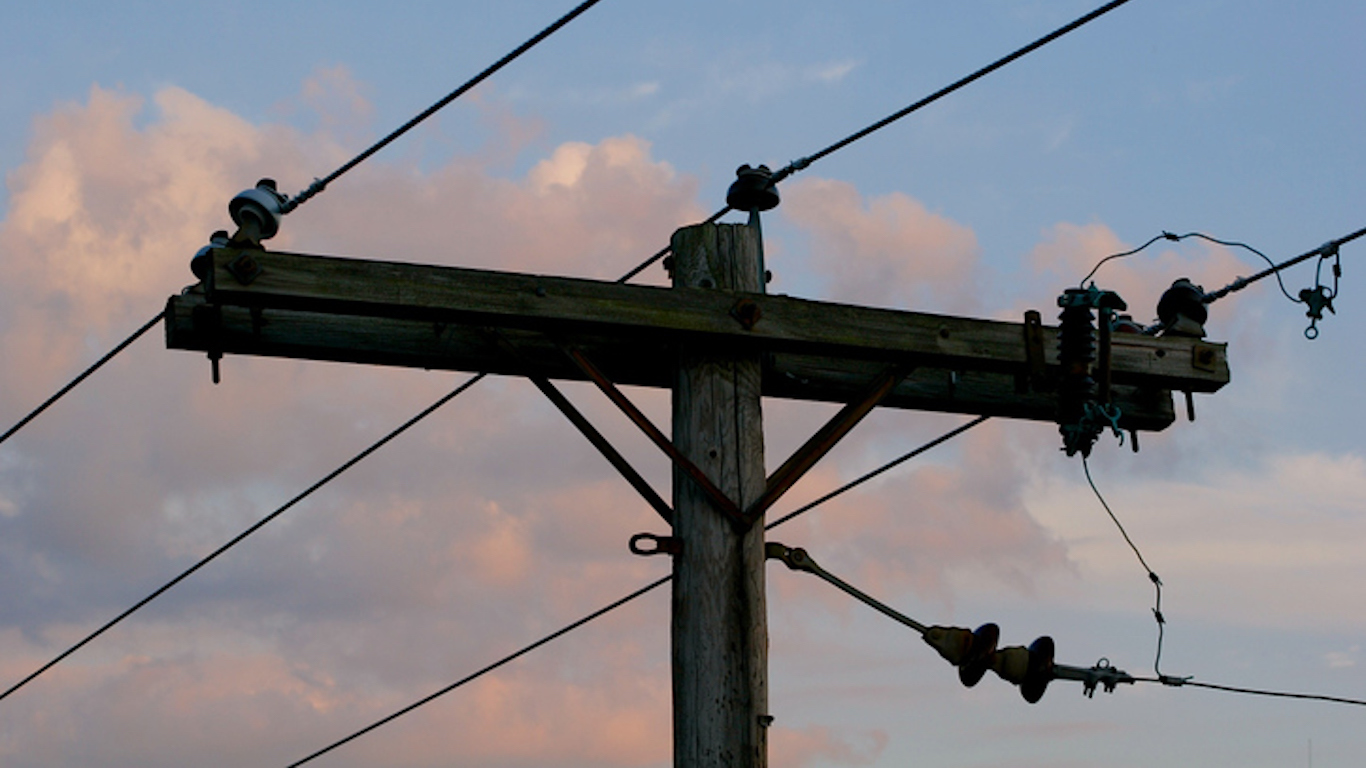
Power company PG&E Corp. (NYSE: PCG) reported fourth-quarter and full-year 2019 results before markets opened Tuesday. The company, which is currently operating under Chapter 11 bankruptcy protection, reported quarterly adjusted earnings per share (EPS) of $0.68. In the year-ago quarter, PG&E reported EPS of $0.80. The company did not report quarterly revenue data. Analysts were expecting EPS of $0.67 and revenues of $4.1 billion.
On an unadjusted (GAAP) basis, PG&E posted a net loss per share of $6.84 in the fourth quarter and $14.50 for the full fiscal year. In the prior-year periods, the company reported net losses per share of $13.24 for the quarter and $13.25 for the fiscal year. Full-year revenues totaled $17.13 billion, compared to $16.76 billion in 2018.
Not that any of this matters much. What matters is how PG&E is progressing in its bankruptcy proceeding. The news on that front is not as buoyant as it might be.
CEO Bill Johnson commented:
PG&E has made significant progress in our Chapter 11 cases over the past year. We have resolved essentially every consequential issue within the Bankruptcy Court’s jurisdiction, most notably reaching a settlement with wildfire victims. Our focus now is on working with all key stakeholders, including elected officials and state regulators, to position PG&E for emergence as a financially stable company with a renewed and rigorous focus on safe operations and customer service, while meeting California’s energy needs and goals in a changed climate.
Johnson may have spoken too quickly, particularly about a settlement with wildfire victims. It is true that the company reached a $13.5 billion deal with victims that won the support of an ad hoc group of bondholders. But the deal covered only about 70% of estimated wildfire victims.
Now, the U.S. Federal Emergency Management Administration (FEMA) has filed a claim for $3.9 billion in reimbursement from PG&E for federal assistance paid to victims. A FEMA official said last month that the agency “is not seeking to take money away from wildfire survivors.” However, survivors receiving federal benefits for losses already reimbursed by FEMA could be required to repay the agency.
If the court sides with the victims (as seems likely), FEMA will have to be paid from the bottom line. If, however, the agency should be granted a piece of the settlement with victims, that would almost certainly lead to defeat of the plan PG&E has worked out with all its claimants. That, in turn, endangers the company’s ability to meet the June 30 deadline to qualify for the new state wildfire fund that would cap utility company liability. Without inclusion in that fund, PG&E’s orderly exit from bankruptcy could become disorderly.
According to a report in the New York Times, FEMA does make this request on some occasions but the agency usually seeks to recover funds from a company’s profit. In this case, PG&E may have some while to go to show a profit, notwithstanding the company’s rosy estimate of its adjusted earnings between 2020 and 2024.
In a presentation filed with the SEC along with PG&E’s annual report, the company projects operating revenues of $15.51 billion this year, $15.41 billion in 2021, $16.87 billion in 2022, $18.26 billion in 2023 and $19.0 billion in 2024. Non-GAAP (core) earnings for each year, respectively, are forecast at $1.92 billion, $2.0 billion, $2.4 billion, $2.6 billion and $2.9 billion.
The company outlines how it expects to raise $59 billion to exit Chapter 11. The biggest piece ($23.78 billion) comes from new utility debt, with another $14.3 billion in corporate and reinstated utility debt.
The largest piece of the $59 billion, (about $24.2 billion) will be paid to holders of claims related to wildfire damage. This includes insurance companies that stand to receive about $11 billion and victims who may see their payout get smaller if FEMA and other agencies are allowed to share in the payments.
After trading down as much as 2% before the opening bell, PG&E shares were up nearly 1% about half an hour after the bell, at $16.35 in a 52-week range of $3.55 to $25.19. The consensus price target on the stock is $17.44.
Travel Cards Are Getting Too Good To Ignore (sponsored)
Credit card companies are pulling out all the stops, with the issuers are offering insane travel rewards and perks.
We’re talking huge sign-up bonuses, points on every purchase, and benefits like lounge access, travel credits, and free hotel nights. For travelers, these rewards can add up to thousands of dollars in flights, upgrades, and luxury experiences every year.
It’s like getting paid to travel — and it’s available to qualified borrowers who know where to look.
We’ve rounded up some of the best travel credit cards on the market. Click here to see the list. Don’t miss these offers — they won’t be this good forever.
Thank you for reading! Have some feedback for us?
Contact the 24/7 Wall St. editorial team.

